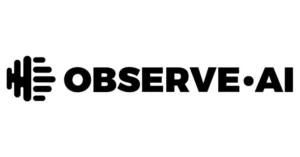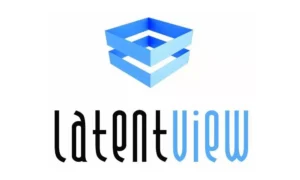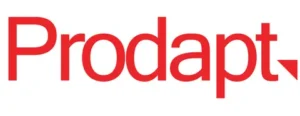Start your journey to data mastery with our Data Science Training in OMR at SLA Institute! Our Data Science Course in OMR with 100% Placement Support is designed to equip both novices and experienced professionals with cutting-edge skills and practical knowledge. Dive into key areas such as data analysis, machine learning, and data visualization through engaging, hands-on sessions led by industry experts. At SLA Institute, we offer state-of-the-art facilities, real-world project experience, and personalized mentorship to help you build a powerful portfolio and advance your career. With our comprehensive support and career guidance, you’ll be well-prepared for success in the data science field. Join us in OMR and transform your future with our expert-led training!
At SLA Institute, we guarantee placement in a high-paying Developer job with the support of our experienced placement officers. Our Data Science Course Syllabus covers all essential topics, providing you with a comprehensive understanding of Data Science development.

























